Previous Day - Next Day

“When there is no more room in Hell, the dead will walk the Earth.”
~ Dawn of the Dead (1978) by George Romero
Wikiquote (George Romero (born February 4, 1940) is an American film director, screenwriter and editor, best known for his series of gruesome and satirical horror films about a hypothetical zombie apocalypse, beginning with Night of the Living Dead (1968).)
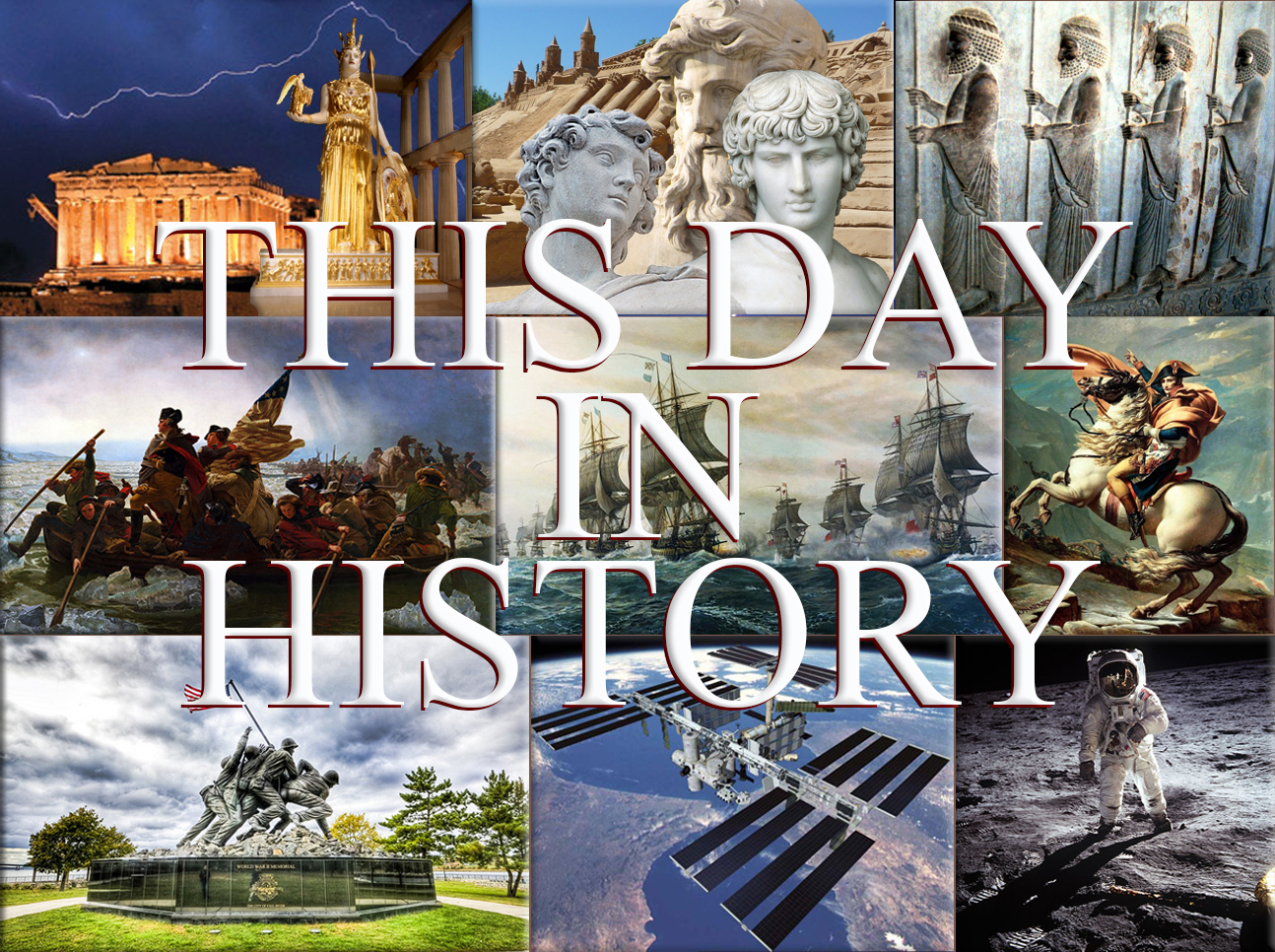
March 5th, 363
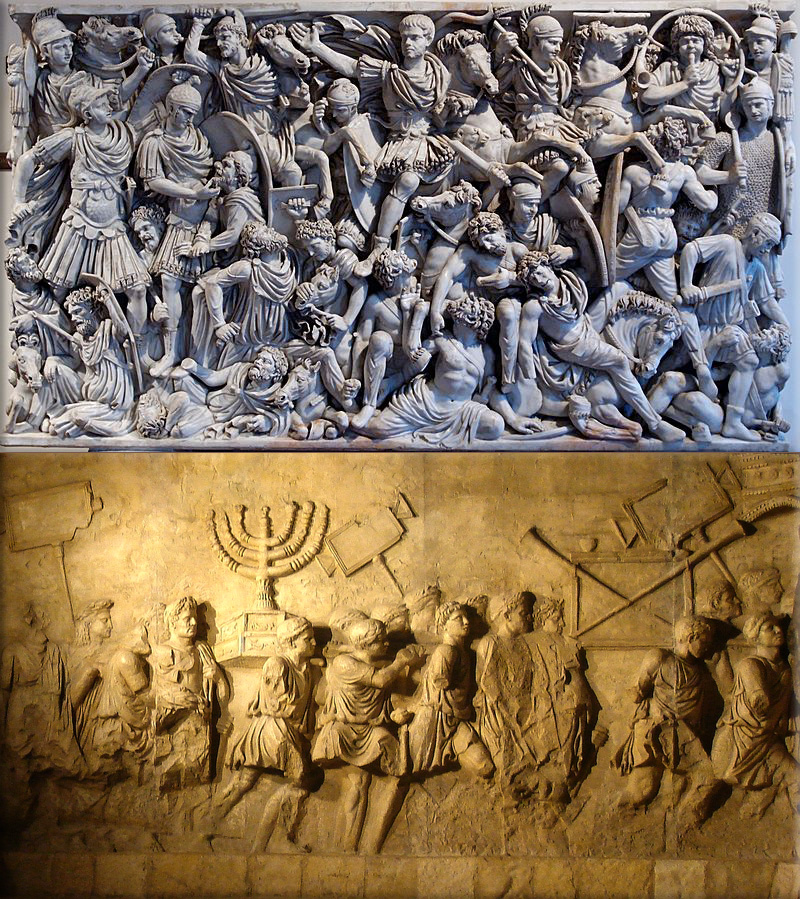
Roman Empire:
363 - Roman Emperor Julian moves from Antioch with an army of 90,000 to attack the Sassanid Empire, in a campaign which would bring about his own death.
Wikipedia Image: Relief from a 3rd-century sarcophagus depicting a battle between Romans and Germanic warriors; the central figure is perhaps the emperor Hostilian / Depiction of the Menorah on the Arch of Titus in Rome.
March 5th, 1279
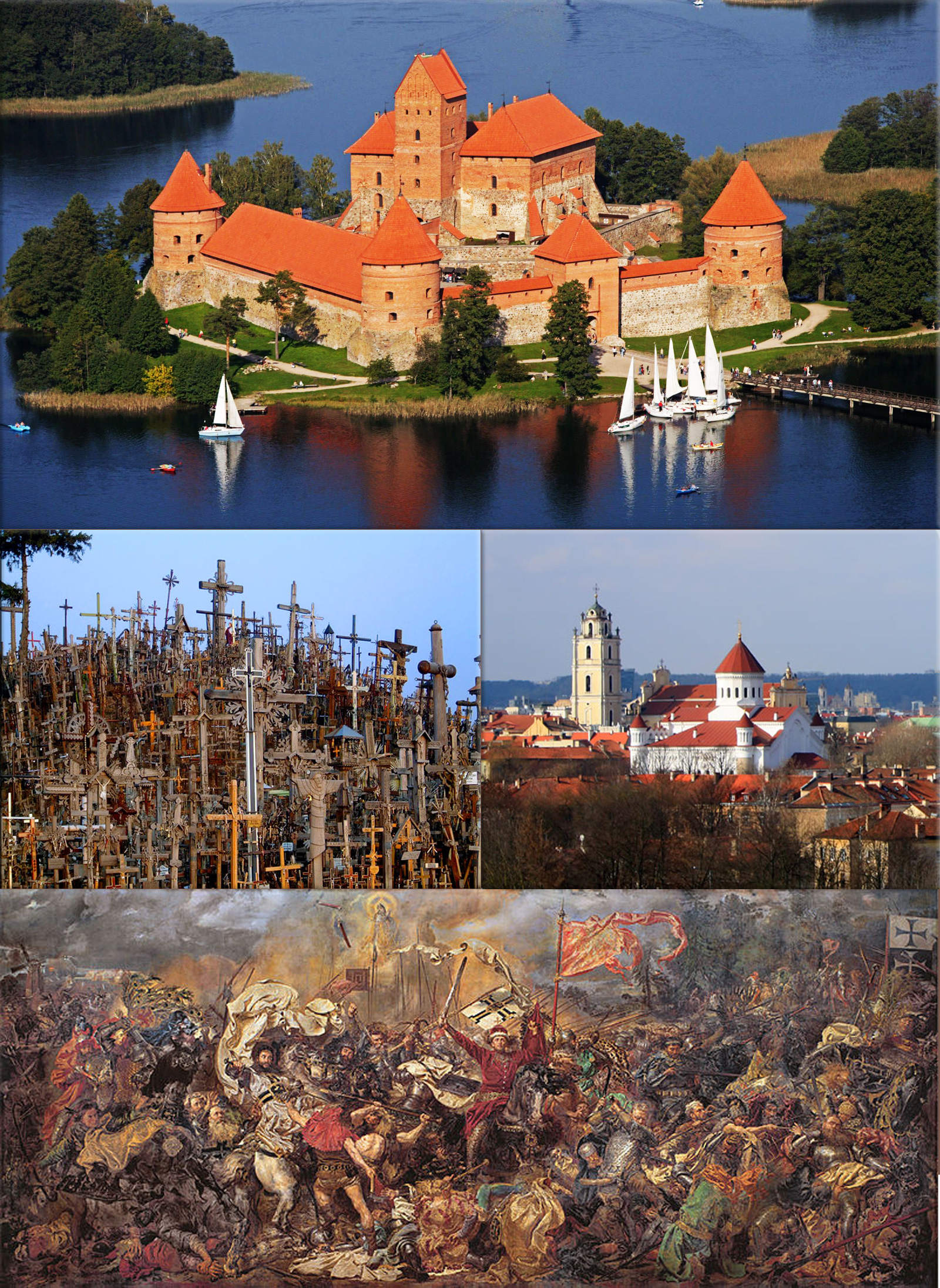
Livonian Crusade: Battle of Aizkraukle; The Livonian Order is defeated by the Grand Duchy of Lithuania.
Wikipedia Image: Lithuania (Republic of Lithuania) is a country in Northern Europe, the largest of the three Baltic states. ● Trakai Island Castle Photo: ● Hill of Crosses (more than 50,000 crosses, not a cemetery) ● Vilnius ● Battle of Grunwald and Vytautas the Great in the centre.
March 5th, 1496
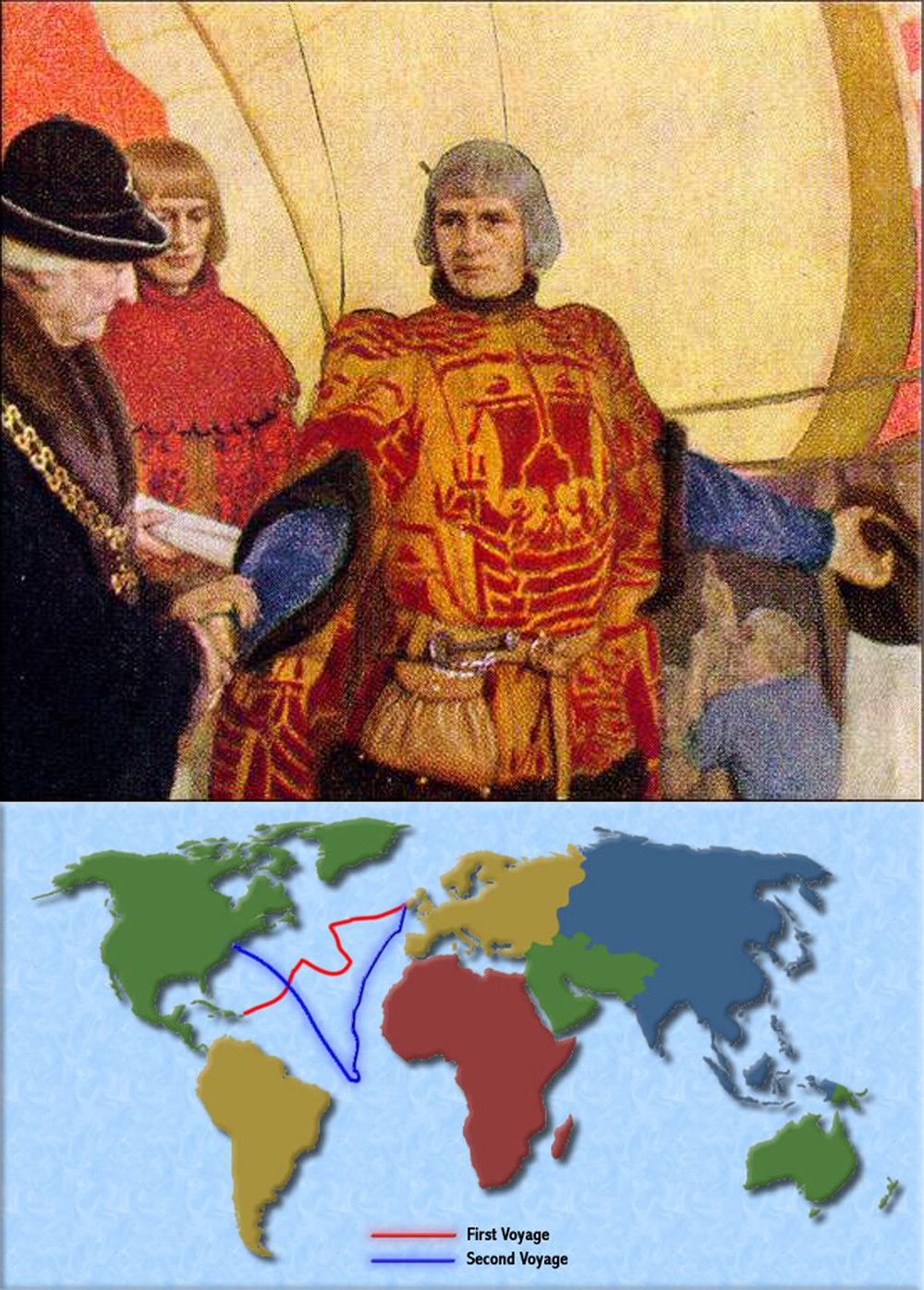
King Henry VII of England issues letters patent to John Cabot and his sons, authorising them to explore unknown lands.
Wikipedia Image: John Cabot (1450 – 1499) was an Italian navigator and explorer whose 1497 discovery of parts of North America under the commission of Henry VII of England is commonly held to have been the first European encounter with the mainland of North America since the Norse Vikings visits to Vinland in the eleventh century.
March 5th, 1616
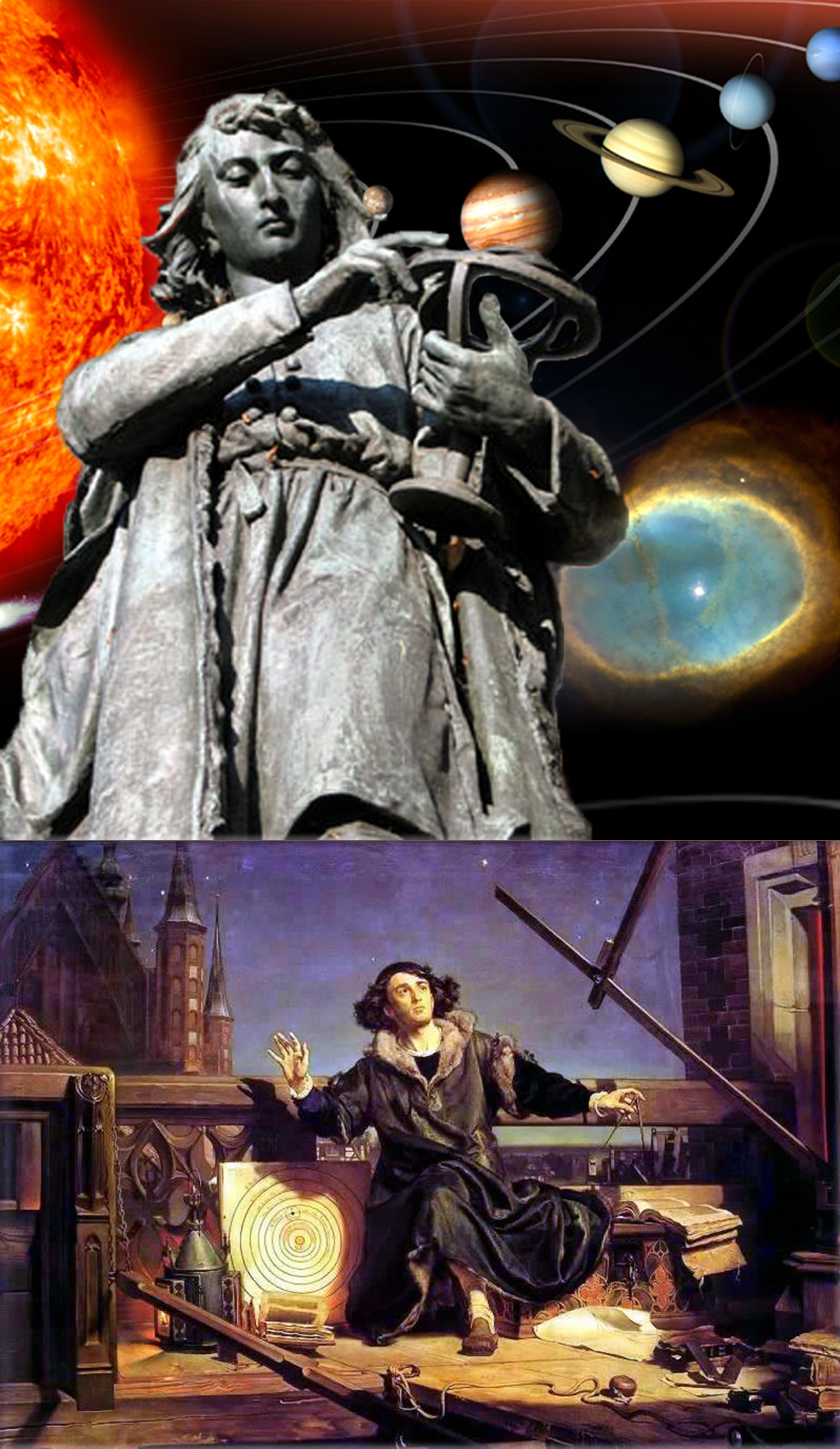
Nicolaus Copernicus's book, De revolutionibus orbium coelestium is banned by the Catholic Church.
Wikipedia Image: A statue of Copernicus outside his alma mater, Jagiellonian University, Poland. Astronomer Copernicus, or Conversations with God, by Matejko. In background: Frombork Cathedral.
March 5th, 1766

Antonio de Ulloa, the first Spanish governor of Louisiana, arrives in New Orleans.
Wikipedia Image: Thomas Jefferson, 3rd President of the United States, Rembrandt Peale (1805). - Coronation of Napoleon I on his Imperial Throne by Jean Auguste Dominique Ingres, 1806. Louisiana Territory purchased by the United States from France for $15 million, more than doubling the size of the young nation.
March 5th, 1770
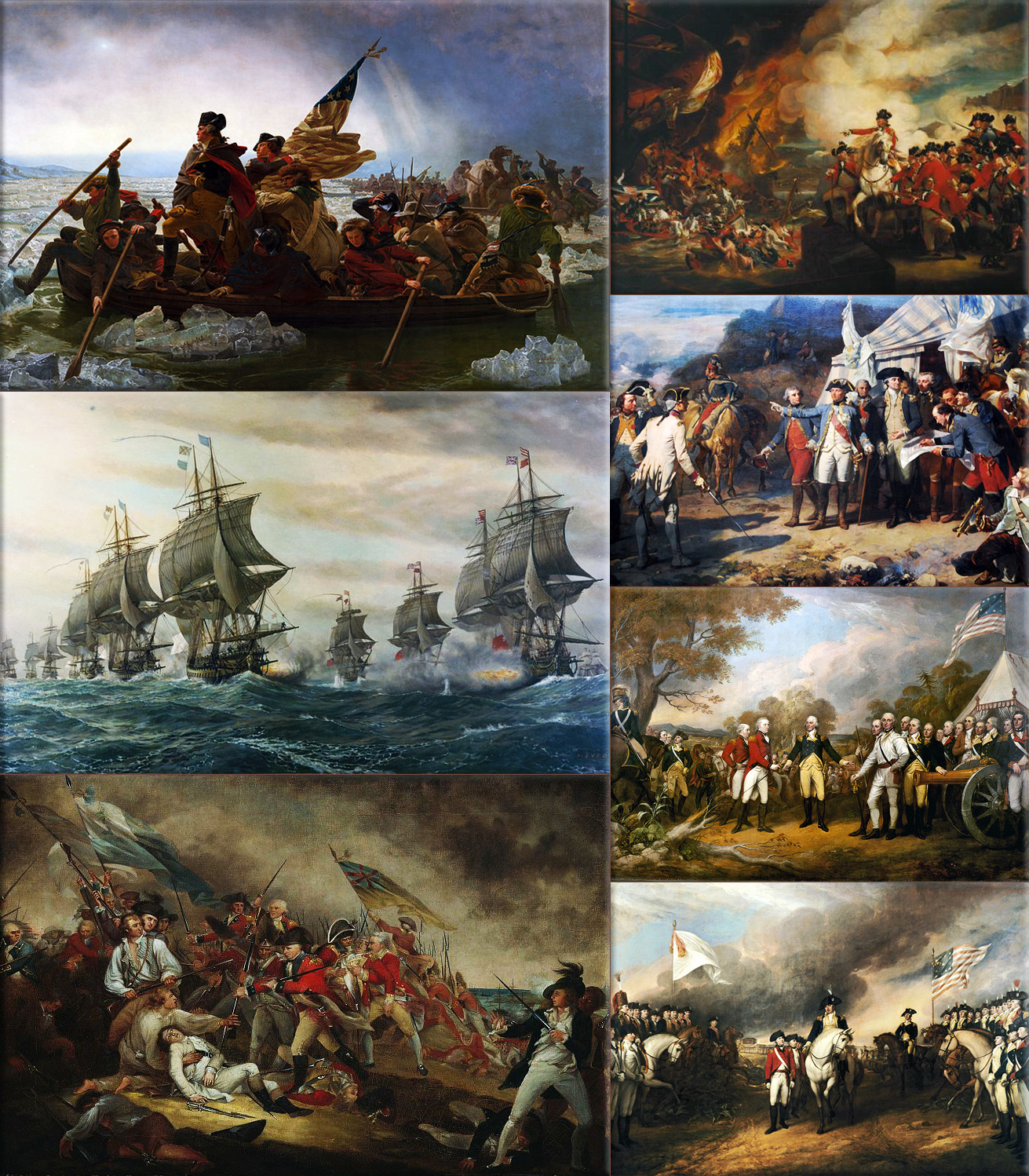
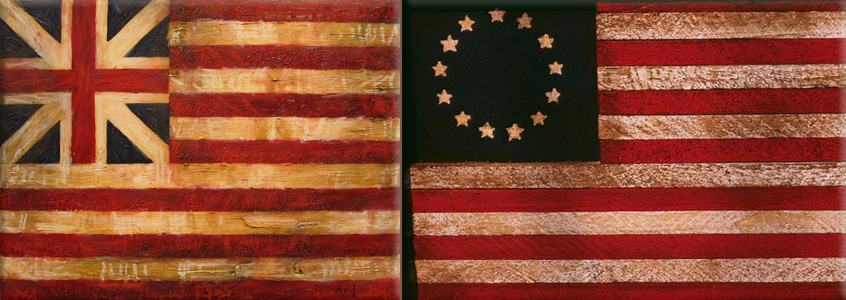
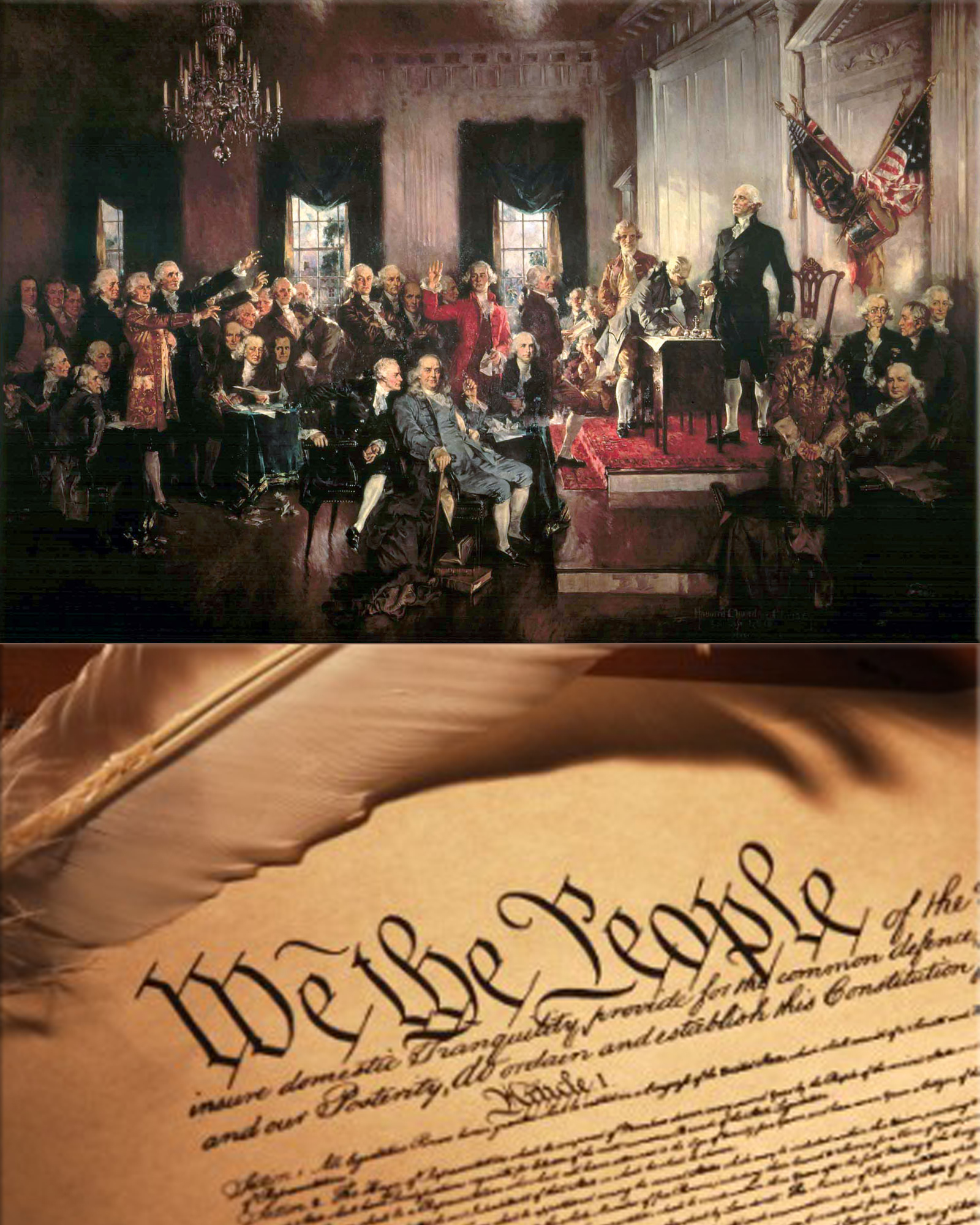
American Revolutionary War:
1770 - Boston Massacre; Five Americans, including Crispus Attucks, and a boy, are killed by British troops in an event that would contribute to the outbreak of the American Revolutionary War: (also known as the American War of Independence) five years later. At a subsequent trial the soldiers are defended by John Adams.
Wikipedia Paintings: Washington Crossing the Delaware, by Emanuel Leutz; Battle of the Chesapeake, French (left) and British (right) lines; Battle of Bunker Hill, The Death of General Warren at the Battle of Bunker Hill by John Trumbull; The Defeat of the Floating Batteries at Gibraltar, September 13, 1782, by John Singleton Copley; Washington and the Comte de Rochambeau at Yorktown, 1781; "The surrender at Saratoga" shows General Daniel Morgan in front of a French de Vallière 4-pounder; Surrender of Cornwallis at Yorktown by (John Trumbull, 1797).
Grand Union - Stars and Stripes Flag
Scene at the Signing of the Constitution of the United States, by Howard Chandler Christy
March 5th, 1811

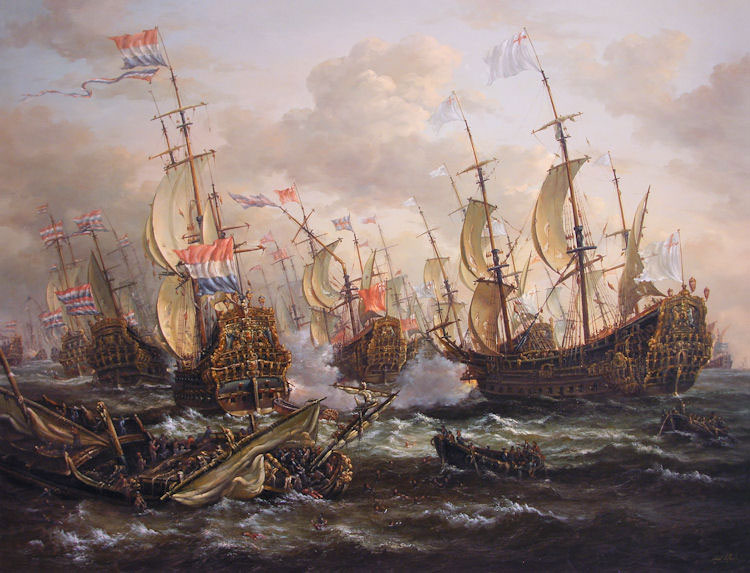
French Revolutionary Wars / Napoleonic Wars:
1811 - Peninsular War; Battle of Barrosa - A French force under the command of Marshal Victor is routed while trying to prevent an Anglo-Spanish-Portuguese army from lifting the Siege of Cádiz.
Wikipedia Painting: Battle of Trafalgar: The British HMS Sandwich fires to the French flagship Bucentaure (completely dismasted) in the battle of Trafalgar;
Napoleon in Berlin (Meynier). After defeating Prussian forces at Jena, the French Army entered Berlin on 27 October 1806;
Battle of the Bridge of Arcole Napoleon Bonaparte leading his troops over the bridge of Arcole, by Horace Vernet;
Napoleon as King of Italy (Appiani);
Napoleon Crossing the Alps (David). In 1800 Bonaparte took the French Army across the Alps, eventually defeating the Austrians at Marengo;
Charge of the Russian Imperial Guard cavalry against French cuirassiers at the Battle of Friedland, 14 June 1807;
Battle of Borodino as depicted by Louis Lejeune. The battle was the largest and bloodiest single-day action of the Napoleonic Wars;
Napoleon's withdrawal from Russia, a painting by Adolph Northen;
Wellington at Waterloo by Robert Alexander Hillingford;
Napoleon is often represented in his green colonel uniform of the Chasseur à Cheval, with a large bicorne and a hand-in-waistcoat gesture.
Battle of the Nile (Battle of Aboukir Bay).
March 5th, 1824

First Anglo-Burmese War: The British officially declare war on Burma.
Wikipedia Photo: Burma: ● Topographic map and location of Burma ● Temples at Mrauk U ● Pagodas and temples in present-day Pagan (Bagan), the capital of the Pagan Kingdom ● Stilt houses at Lake Inle, Burma ● Mae La camp or Burmese refugees, Tak, Thailand
March 5th, 1836
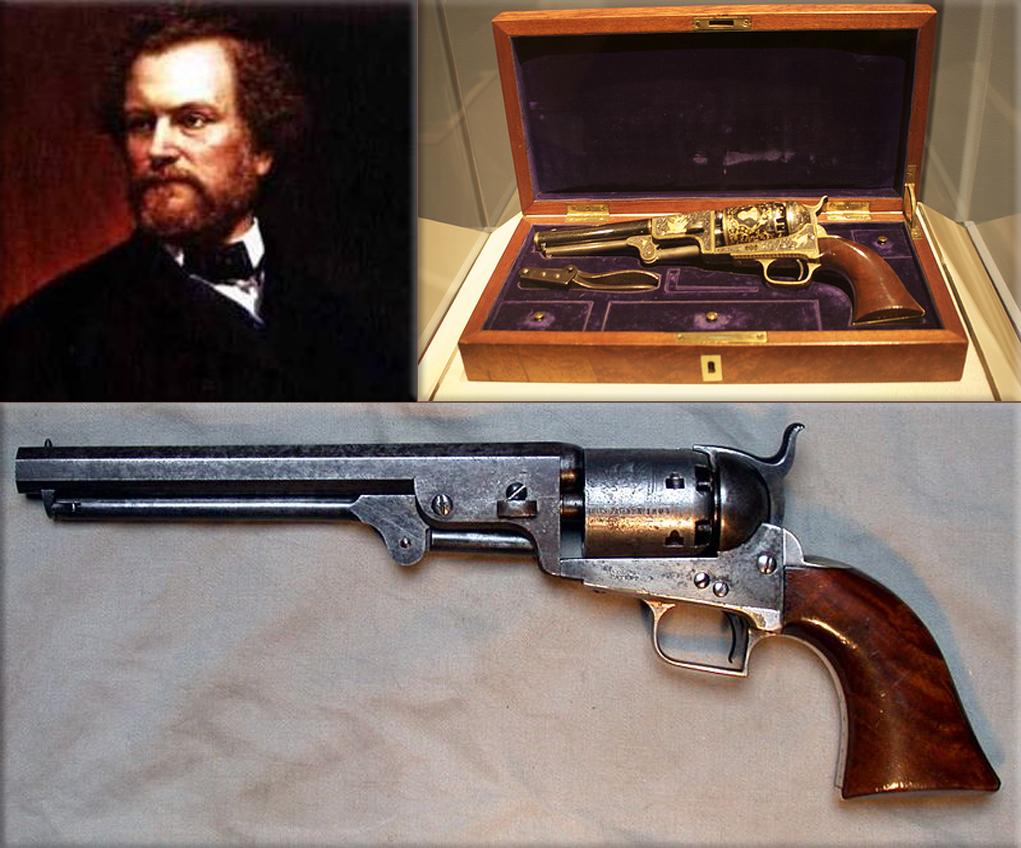
Samuel Colt makes the first production-model revolver, the .34-caliber.
Wikipedia Image: Samuel Colt was an American inventor and industrialist from Hartford, Connecticut, founder of Colt's Patent Fire-Arms Manufacturing Company (now known as Colt's Manufacturing Company), and made the mass-production of the revolver commercially viable for the first time.
March 5th, 1872
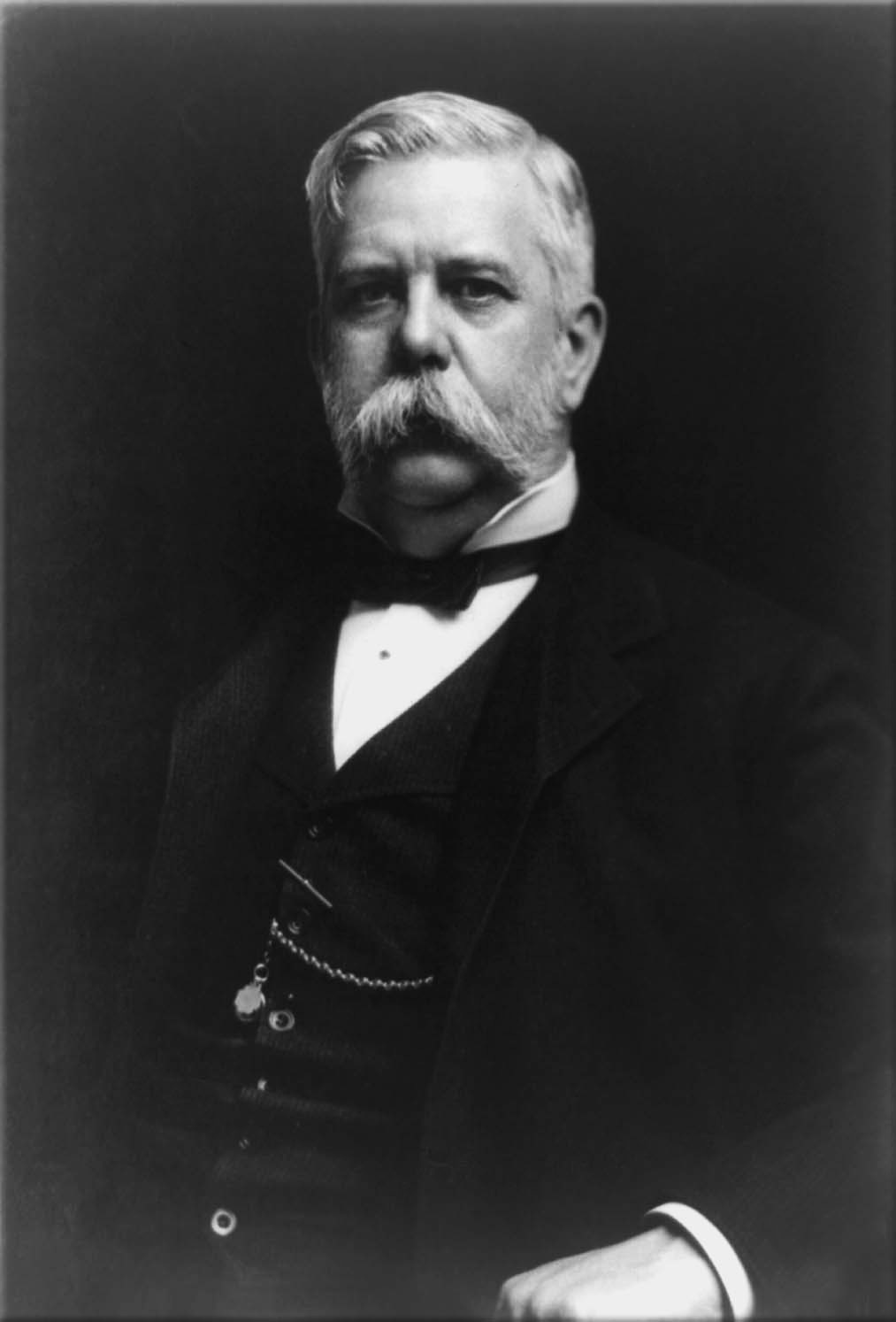
George Westinghouse patents the air brake (rail).
Wikipedia Image: George Westinghouse, Jr (October 6, 1846 – March 12, 1914) was an American entrepreneur and engineer who invented the railway air brake and was a pioneer of the electrical industry.
March 5th, 1912

Pre World War I:
1912 - The Italian forces are the first to use airships for military purposes, employing them for reconnaissance behind Turkish lines.
Wikipedia Photo: Trenches on the Western Front; a British Mark IV Tank crossing a trench; Royal Navy battleship HMS Irresistible sinking after striking a mine at the Battle of the Dardanelles; a Vickers machine gun crew with gas masks, and German Albatros D.III biplanes. National Archives and Records Administration.
March 5th, 1931

The British Viceroy of India Governor-General Edward Frederick Lindley Wood and Mohandas Gandhi sign an agreement envisaging the release of political prisoners and allowing salt to be freely used by the poorest members of the population.
Wikipedia Photo: Mohandas Gandhi, Gandhi (1906), Mohandas K. Gandhi arrived in South Africa as a young British-trained lawyer (1893) - The New York Times; Gandhi in South Africa (1895); Mahatma Gandhi spinning yarn, (1920); Mohandas Karamchand Gandhi.
March 5th, 1933
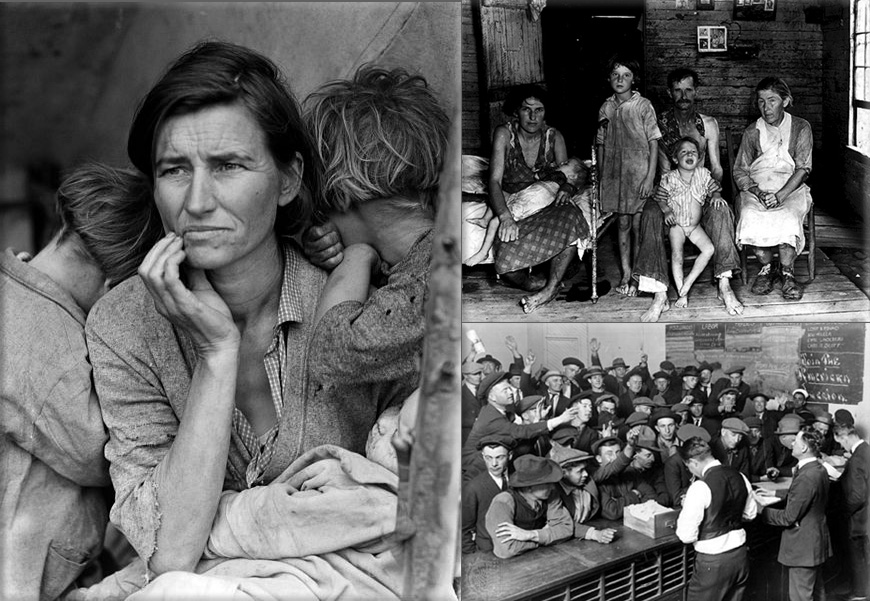
Great Depression: Emergency Banking Act; United States President Franklin D. Roosevelt declares a "bank holiday", closing all U.S. banks and freezing all financial transactions.
Wikipedia Photo: Dorothea Lange's Migrant Mother depicts destitute pea pickers in California, centering on Florence Owens Thompson, age 32, a mother of seven children, in Nipomo, California, March 1936; Bud Fields and his family. Alabama. 1935 or 1936. Photographer: Walker Evans; Unemployed men vying for jobs at the American Legion Employment Bureau in Los Angeles during the Great Depression.
March 5th, 1933
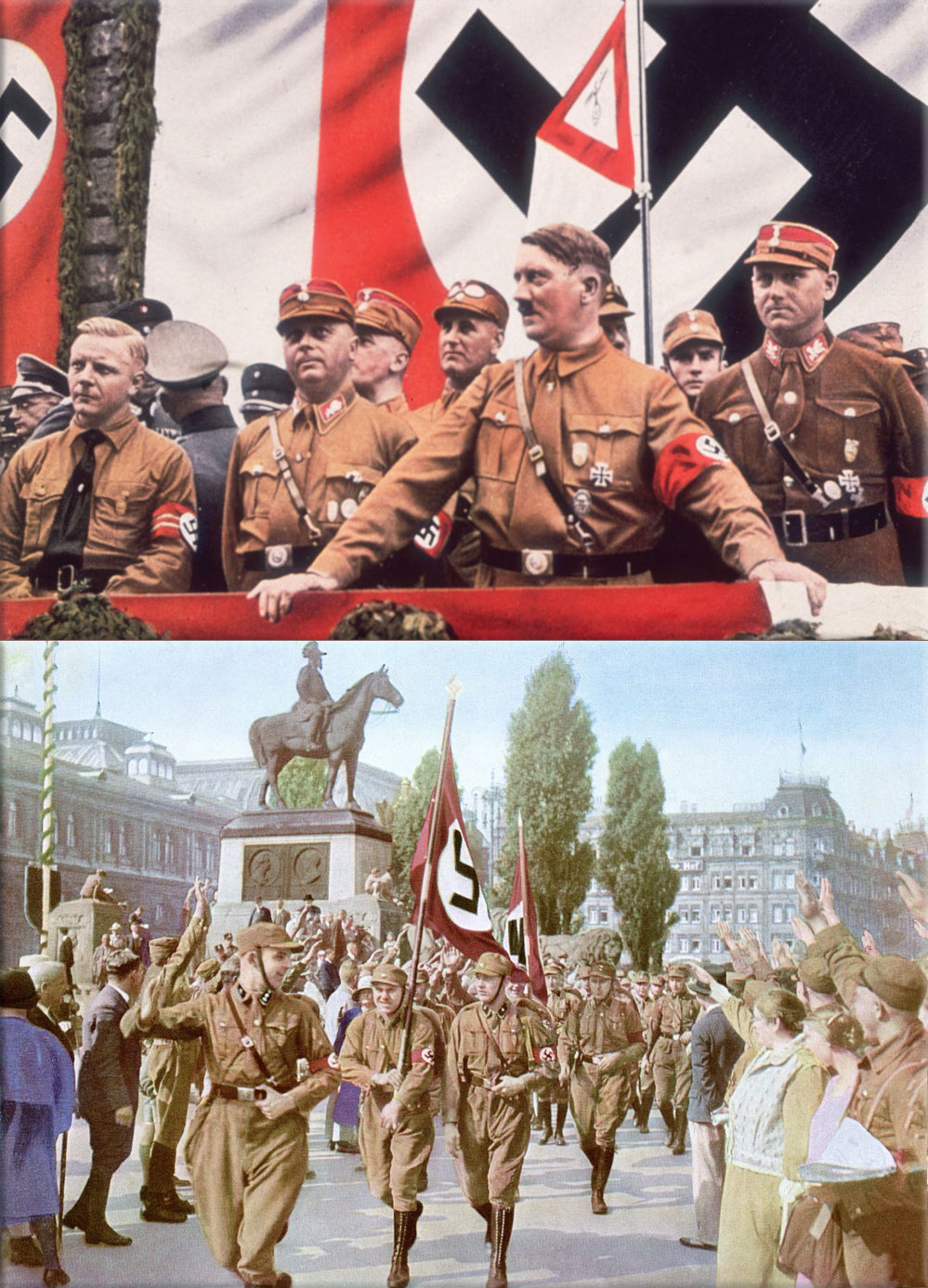
Adolf Hitler's Nazi Party receives 43.9% at the Reichstag elections. This later allows the Nazis to pass the Enabling Act and establish a dictatorship.
Wikipedia Photo: Hitler and the Brownshirts; German Nazi activist Horst Wessel (left) at the head of a parade of S.A. stormtroopers, or “brownshirts”, in Nuremberg, Germany, 1929.
March 5th, 1940
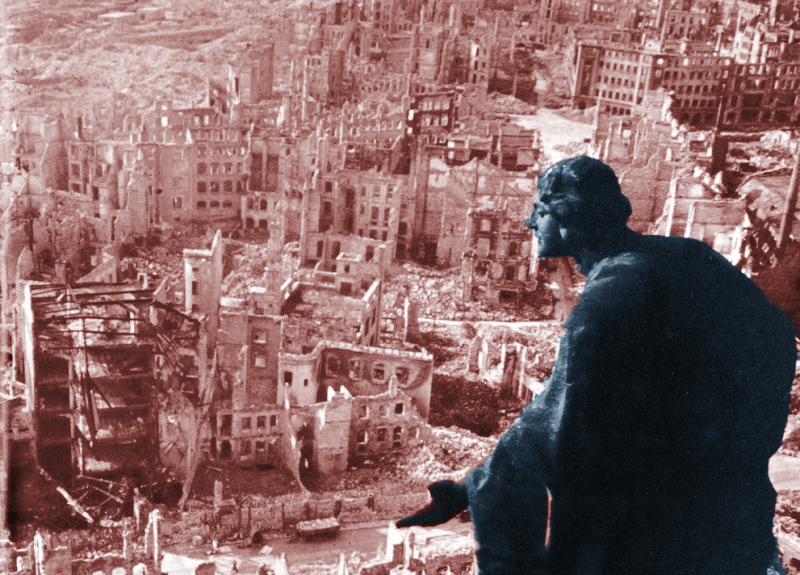

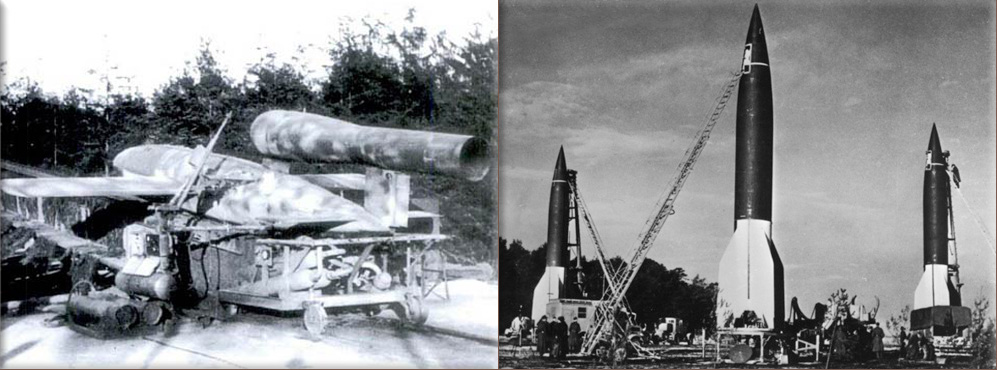
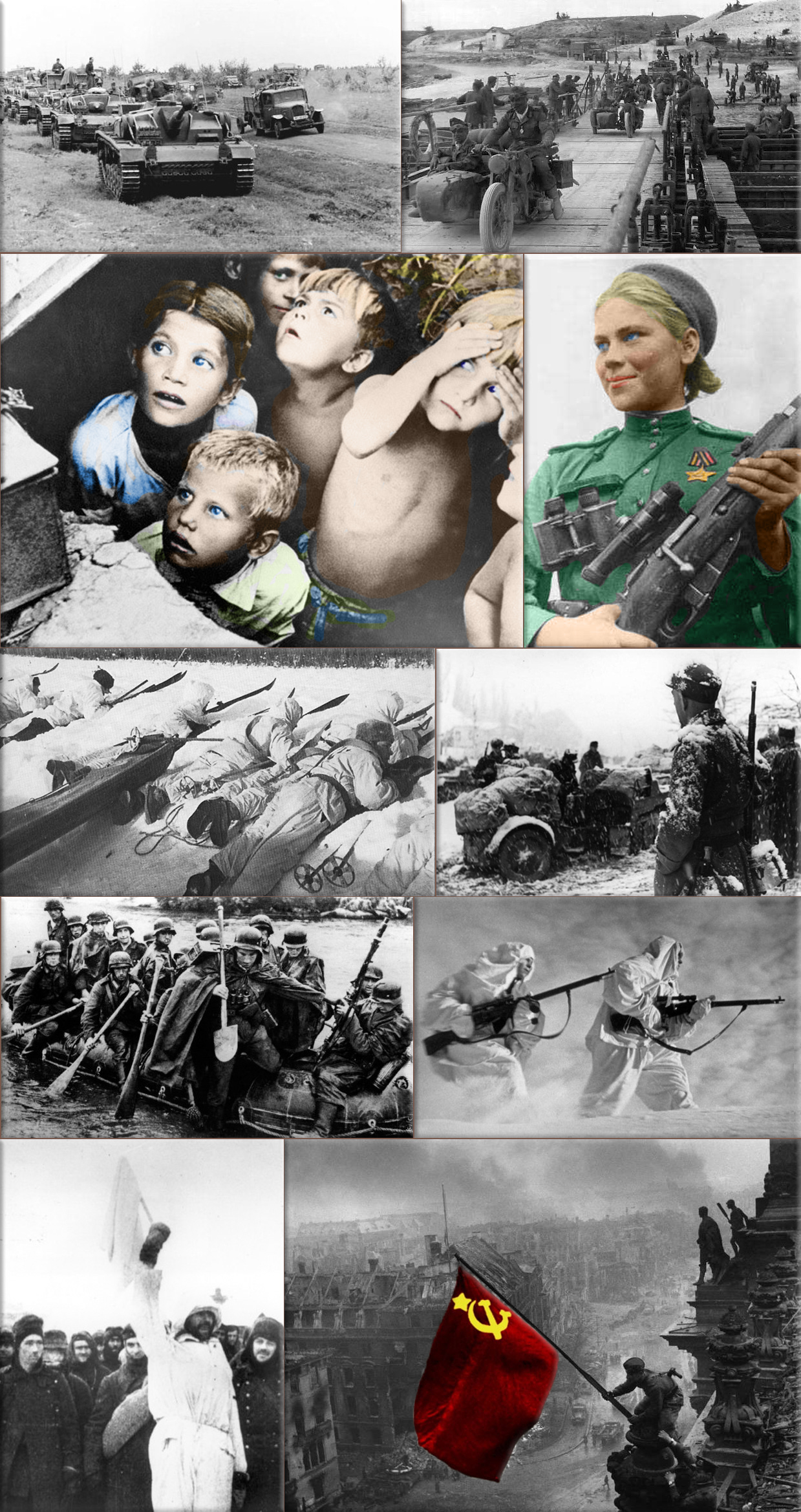
World War II:
1940 - Katyn massacre; Members of Soviet politburo sign an order for the execution of 25,700 Polish intelligentsia, including 14,700 Polish POW (Prisoners of war).
1944 - The Red Army begins the Uman–Botoşani Offensive in western Ukrainian SSR.
Wikipedia Photo: Bombing of Dresden in World War II; August Schreitmüller's sculpture 'Goodness' surveys Dresden after a firestorm started by Allied bombers in 1945.
USS Bunker Hill was hit by kamikazes piloted by Ensign Kiyoshi Ogawa and another airman on 11 May 1945. 389 personnel were killed or missing from a crew of 2,600; Ensign Kiyoshi Ogawa, who flew his aircraft into the USS Bunker Hill during a Kamikaze mission on 11 May 1945; Kamikaze Missions - Lt Yoshinori Yamaguchi's Yokosuka D4Y3 (Type 33 Suisei) "Judy" in a suicide dive against USS Essex. The dive brakes are extended and the non-self-sealing port wing tank is trailing fuel vapor and/or smoke 25 November 1944.
German V1 flying-bomb and V2 Rockets - Preparations for a Salvo Launch of V-2 Rockets in the Heidelager near Blizna (Poland) (1944), credit German History in Documents and Images GHDI.
Eastern Front (World War II); Germans race towards Stalingrad. August 1942; Soviet children during a German air raid in the first days of the war, June 1941, by RIA Novosti archive; Soviet sniper Roza Shanina in 1944. About 400,000 Soviet women served in front-line duty units Caucasus Mountains, winter 1942/43; Finnish ski patrol: the invisible enemy of the Soviet Army with an unlimited supply of skis; Men of the German Engineers Corps cross a river which is swollen after the first autumn rains, to strengthen bridges linking the German positions on the central front in Russia. by Keystone / Getty Images. October 1942; Russian snipers fighting on the Leningrad front during a blizzard. Photo by Hulton Archive / Getty Images, 1943; German soldiers surrendering to the Russians in Stalingrad, the soldier holding the white flag of surrender is dressed in white so that there could be no doubt of his intentions, a Russian soldier is on the right of the photograph. by Keystone / Getty Images, January 1943.
March 5th, 1946
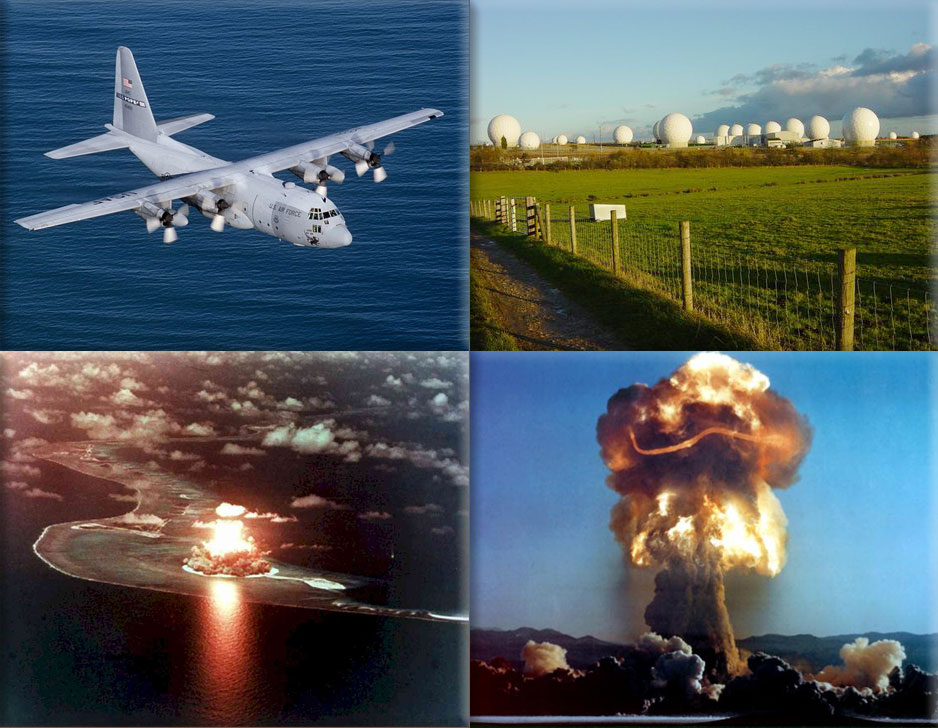
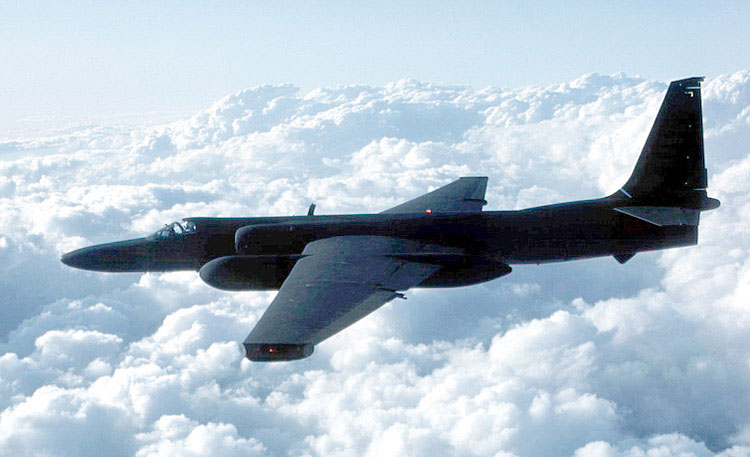

Cold War:
1946 - Winston Churchill uses the phrase "Iron Curtain" in his speech at Westminster College, Missouri data.
1946 - Hungarian Communists and Social Democrats co-found the Left Bloc.
1965 - March Intifada A Leftist uprising erupts in Bahrain against British colonial presence.
1970 - The Nuclear Non-Proliferation Treaty goes into effect after ratification by 43 nations.
Wikipedia Photo: Lockheed C-130 Hercules; RAF Menwith Hill, a large site in the United Kingdom, part of ECHELON and the UKUSA Agreement; New Zealand nuclear test, British nuclear tests near the Malden and Christmas Islands in the mid-Pacific in 1957 and 1958; Nevada nuclear tests, Nevada Division of Environmental Protection Bureau of Federal Facilities.
U2, Lockheed TR-1 in flight.
March 5th, 1960
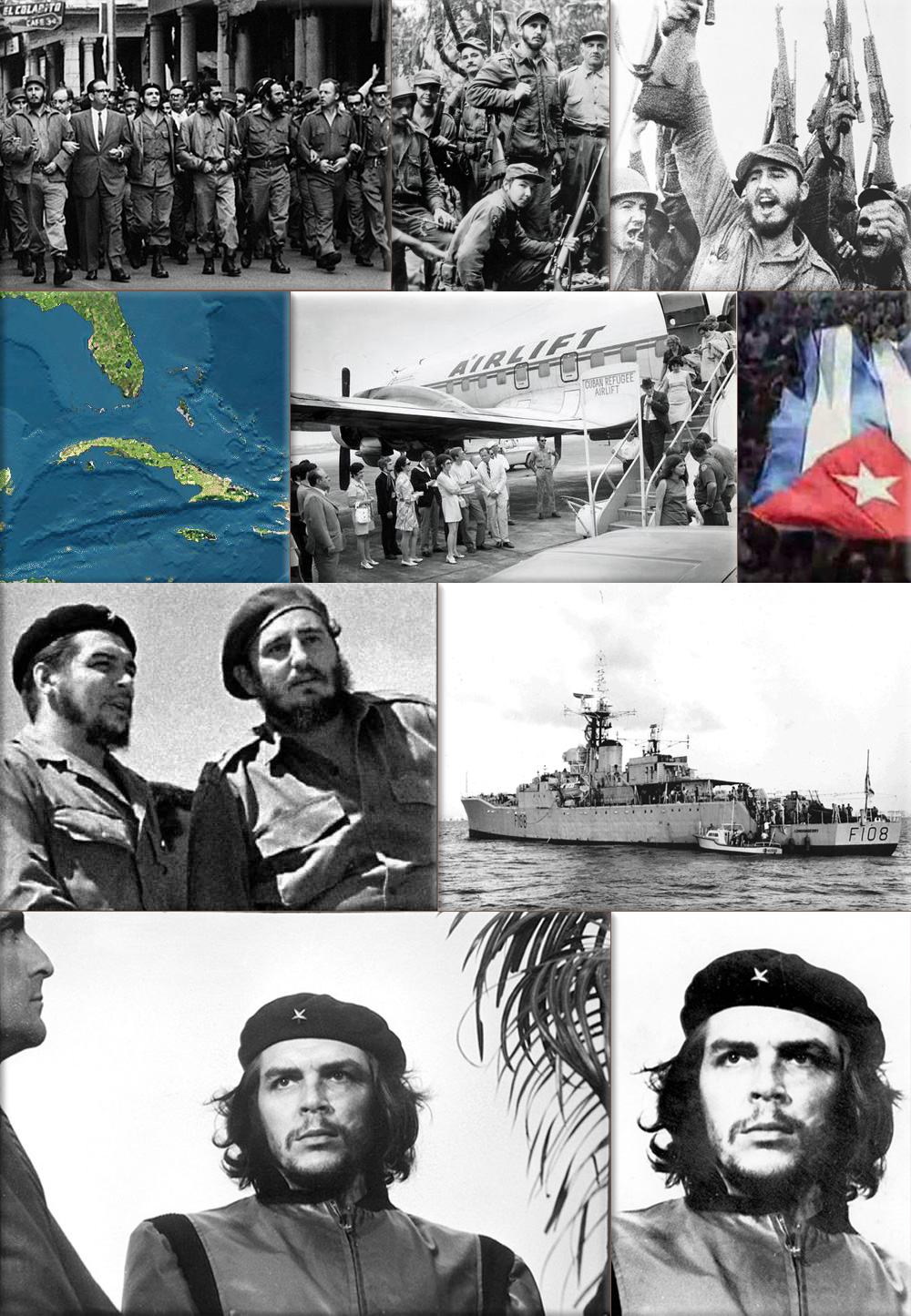
Cuban Revolution:
1960 - Cuban photographer Alberto Korda took his iconic photograph of Marxist revolutionary Che Guevara.
Wikipedia Photo / Map: The leadership of the Cuban revolution; Fidel Castro played the leading role in the Cuban revolution against Fulgencio Batista (1957) AFP; Fidel Castro leads men in a cheer, Cuba, 1957, Bettmann/ Corbis; Cuban Airlift to the United States (1959 and 1962); Resiste Cuba, homenaje a la revolución cubana y sus héroes música: Protesta-Por Cuba; Che Guevara and Fidel Castro ; Official caption: "Off loading Cuban refugees at the Miami sea buoy", photo dated 4 May 1964; Photo No. 7CGD-050464 #12; Guerrillero Heroico - Alberto Korda's famous photograph of Che Guevara; The popularized cropped version.
March 5th, 1966

Aviation accidents and incidents:
1966 - BOAC Flight 911 crashes on Mount Fuji, Japan killing 124.
Wikipedia Photo: ● Pan AM 747 ● U.S. Airways flight 1549 also known as the "Miracle on the Hudson" navigates an exit ramp near Burlington, New Jersey, June 5, 2011 ● Passengers stand on the wings of a U.S. Airways plane as a ferry pulls up to it after it landed in the Hudson River in New York, Reuters ● US Airways plane crashes into New York Hudson River, Photo: AP
March 5th, 1974
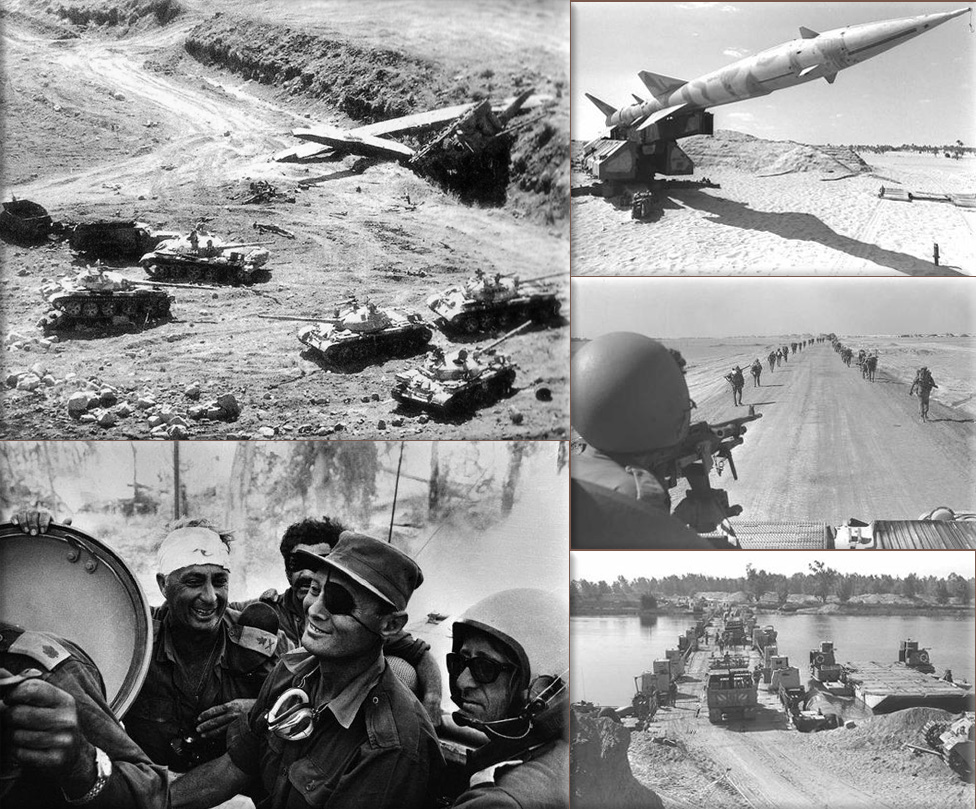
Suez Crisis:
1974 - Yom Kippur War; The Israeli forces withdraw from the west bank of the Suez Canal.
Wikipedia Photo: Yom Kippur War: credit Phobos.ramapo.edu.
March 5th, 1979
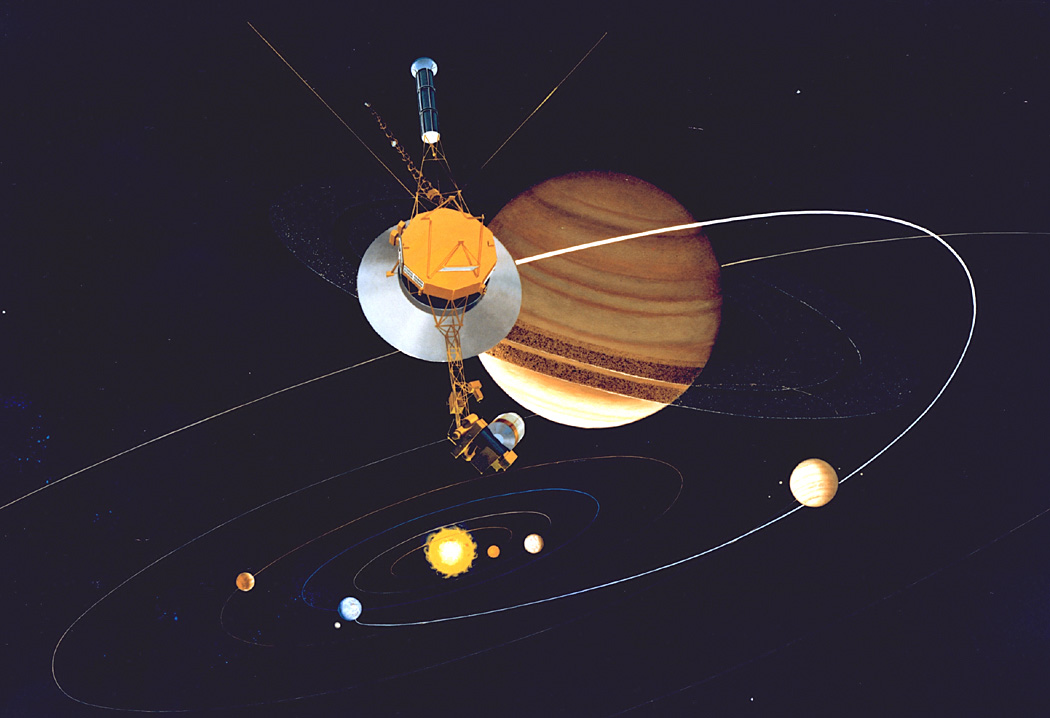
Voyager program: Voyager 1 spacecraft has its closest approach to Jupiter, 172,000 miles.
Wikipedia Image: Voyager program; Of all the NASA missions, none has visited as many planets, rings, and satellites, as the twin Voyager 1 and Voyager 2 spacecraft, which were launched in 1977. Voyager 1, more than twice as distant as Pluto, is farther from Earth than any other human-made object. NASA
March 5th, 2003
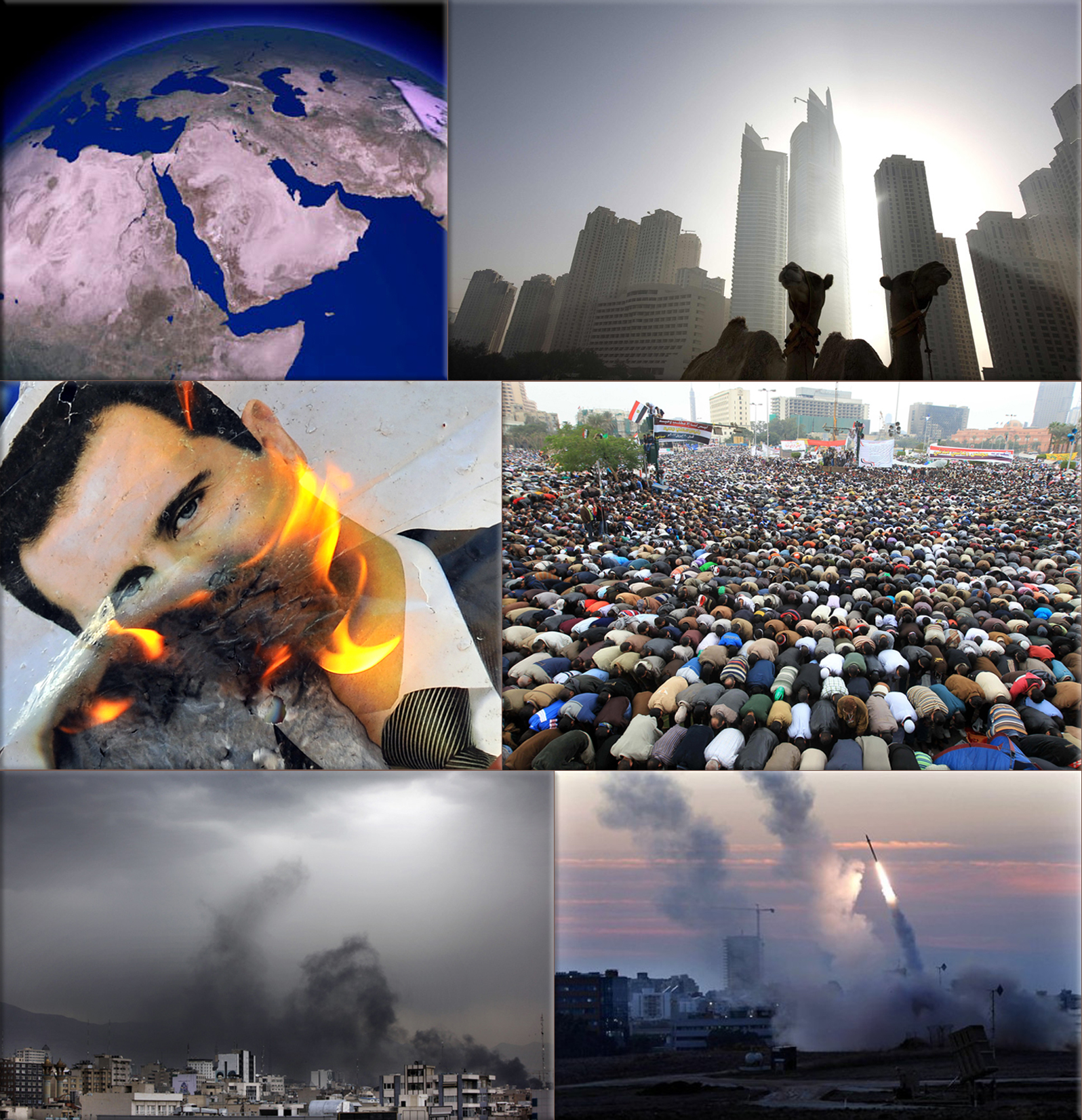
Modern conflicts in the Middle East:
2003 - Haifa bus 37 massacre; In Haifa, 17 Israeli civilians are killed by a Hamas suicide bomb.
Wikipedia Photo: Middle East satellite image, NASA. ● Camels are seen early morning on a beach in the Marina area of Dubai October 16, 2008. (Steve Crisp, Reuters) ● A portrait of Syrian President Bashar al-Assad burns during clashes between rebels and Syrian troops in Selehattin, near Aleppo, on July 23, 2012. (Bulent Kilic, AFP / GettyImages) ● Egyptians gather in their thousands in Tahrir Square to mark the one year anniversary of the revolution on Jan. 25, 2012 in Cairo Egypt. Tens of thousands have gathered in the square on the first anniversary of the Arab uprising which toppled President Hosni Mubarak. (Jeff J Mitchell, Getty Images) ● Black smoke rises above the Tehran skyline as supporters of Mir Hossein Mousavi burn tires and other material in the streets as they fight running battles with police to protest the declared results of the Iranian presidential election in Tehran, Iran, Saturday, June 13, 2009. (Ben Curtis, AP) ● The Iron Dome defense system fires to interecpt incoming missiles from Gaza in the port town of Ashdod, Thursday, Nov. 15, 2012. (Tsafrir Abayov, AP)
